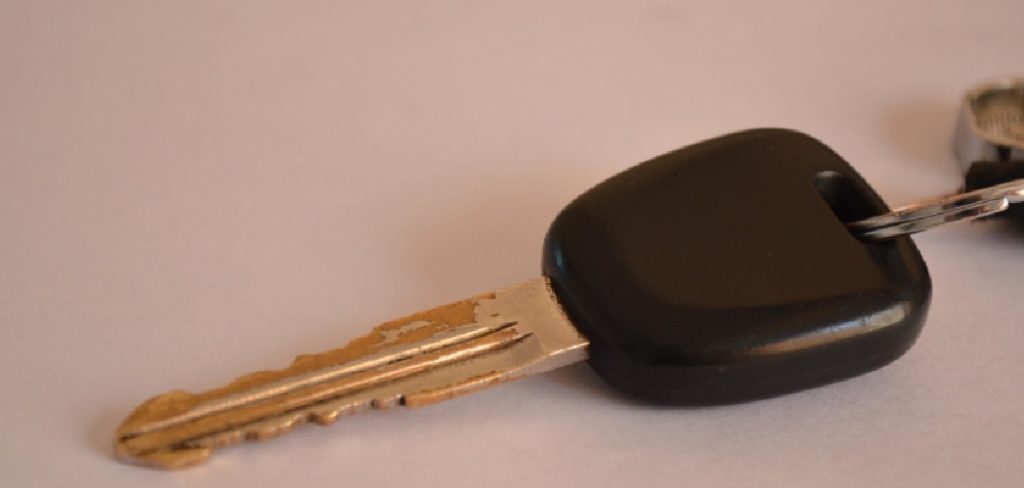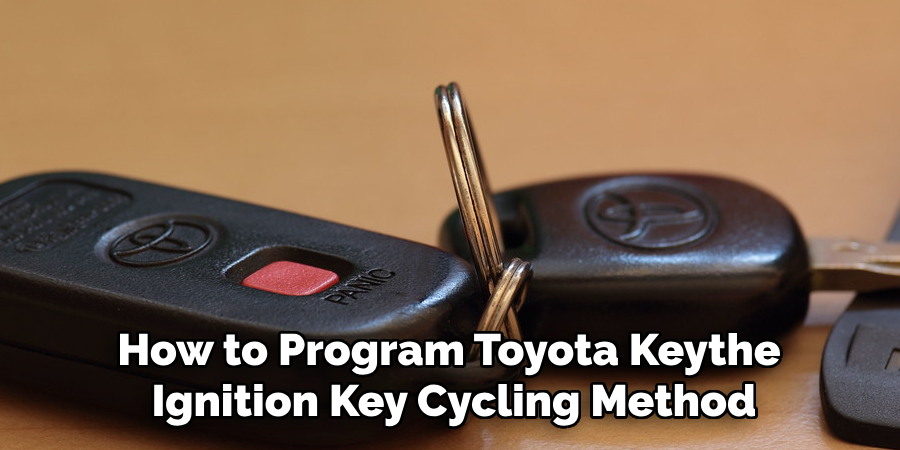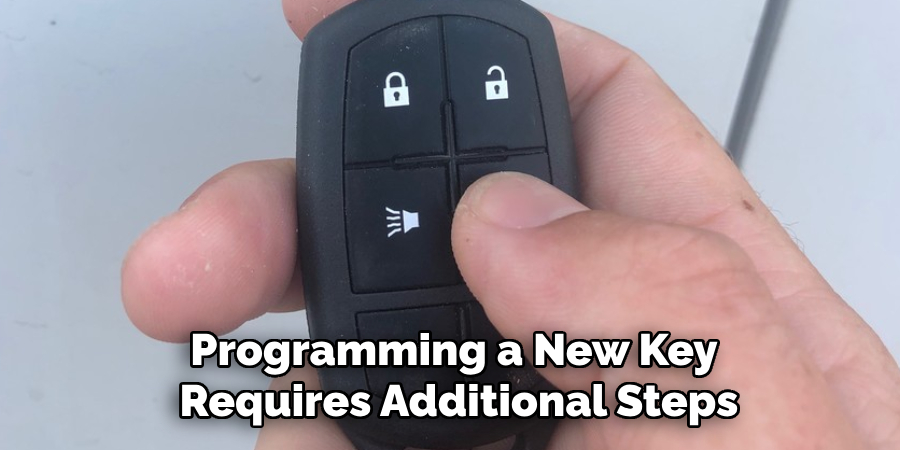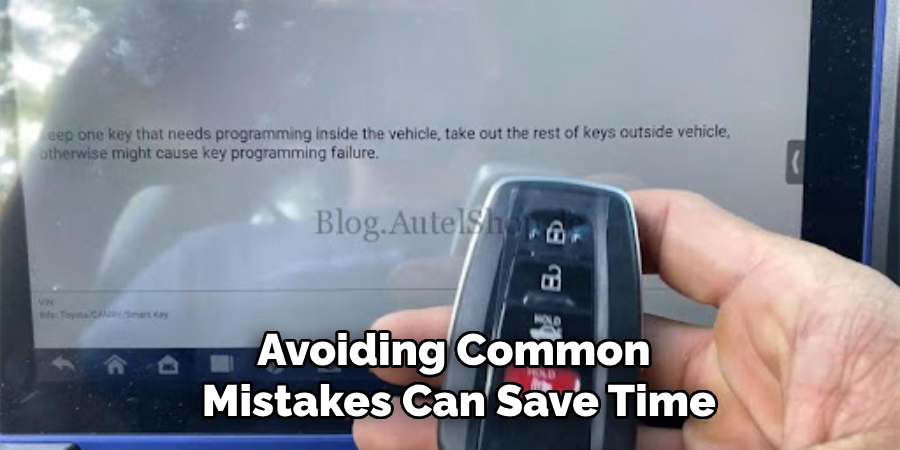Programming a Toyota key is an essential process when replacing or adding a new key to your vehicle. Whether you’ve lost a key or need a spare, learning to program it correctly ensures your vehicle’s security and functionality. This guide will walk you through how to program toyota key, saving you time and potentially costly dealership visits.

Understanding Toyota Key Programming
Toyota vehicles are equipped with an anti-theft system that requires properly programmed keys to start the engine. This system uses a transponder chip embedded within the key, which communicates with the vehicle’s immobilizer system. When a correctly programmed key is inserted or detected, the immobilizer matches the chip’s code and allows the engine to start. Without the proper programming, the car will not start, enhancing security by preventing unauthorized access. Understanding this process is crucial for ensuring the correct setup of your new or replacement key.
Preparation Before Programming
Before programming your Toyota key, it’s essential to gather all necessary tools and ensure your vehicle is ready for the process. Here’s what you’ll need:
- Your Vehicle – Ensure your Toyota is parked in a safe, well-lit location with easy access to the driver’s seat.
- New Key – Obtain a blank key compatible with your Toyota model, equipped with a transponder chip.
- Owner’s Manual – The manual may contain specific instructions or details about your vehicle’s key programming process.
- All Existing Keys – Collect any keys currently programmed to your vehicle as they may be required during the process.
Additionally, make sure your car’s battery is adequately charged. A low battery can cause interruptions during programming. By preparing these elements ahead of time, you can ensure a smoother and more efficient key programming experience.
10 Methods How to Program Toyota Key
1. Using the Ignition Key Cycling Method

The ignition key cycling method is one of the simplest approaches for programming a Toyota key. Start by inserting the master key into the ignition and cycling it from “Off” to “On” five times. Ensure you complete this sequence within 15 seconds. Remove the key, and insert the new key you want to program. Turn it to “On” without starting the engine. Wait for the security light to stop blinking. This indicates successful programming. This method works on older Toyota models without requiring advanced tools.
2. On-Board Programming with Master Key
For models equipped with on-board programming capabilities, having a master key is crucial. Begin by inserting the master key into the ignition and leaving it in the “On” position for five seconds. Turn it to “Off,” then quickly insert the new key. Rotate the ignition to “On” and wait until the security indicator light extinguishes. This typically takes about 60 seconds. Once the light goes off, your new key is ready to use.
3. Using an OBD2 Scanner
Modern Toyota vehicles often require an OBD2 scanner for key programming. Connect the scanner to your vehicle’s OBD2 port, usually located under the dashboard. Access the scanner’s menu and select the “Key Programming” function. Follow the on-screen prompts, which typically include inserting the new key and cycling the ignition. This method is particularly effective for Toyota models manufactured after 2010. Ensure the scanner is compatible with Toyota vehicles for seamless programming.
4. Dealer-Assisted Programming

While self-programming is convenient, certain Toyota models require dealership assistance for key programming. Visit your local Toyota dealership with your vehicle and proof of ownership. The dealership uses specialized tools and software to program the key. Although this method incurs additional costs, it guarantees success, especially for newer models with advanced anti-theft systems.
5. Programming with a Key Programmer Device
Key programmer devices like the XTOOL or Autel IM508 are excellent for DIY enthusiasts. Purchase a compatible programmer, connect it to the OBD2 port, and follow the device-specific instructions. Most devices guide users through a straightforward process, including entering the vehicle’s make, model, and year. The key programmer erases previous key data and registers the new key, ensuring only authorized keys can start the vehicle.
6. Using the Door Lock and Key Combination
This manual method involves a sequence of door lock and key maneuvers. Begin by inserting and removing the master key from the ignition twice. Close and open the driver’s door twice, then insert the new key into the ignition and turn it to “On.” Repeat the door sequence, then turn the ignition off. If done correctly, the car’s locks will cycle, indicating successful programming. This method suits older Toyota models.
7. Programming via Techstream Software
Toyota’s Techstream software is the go-to tool for programming keys in advanced models. Install the software on a laptop and connect it to the vehicle using a Mini VCI cable. Navigate to the “Immobilizer” section and follow the prompts to register a new key. This approach is ideal for tech-savvy users and provides dealership-level programming capabilities.
8. Replacing a Lost Master Key

If you’ve lost your master key, programming a new key requires additional steps. First, obtain a blank key and the vehicle’s VIN. Visit a Toyota dealership or locksmith with advanced tools to generate a new master key. Once the master key is created, you can program additional keys using on-board methods or a key programmer device. This process ensures you regain full access to your vehicle.
9. Using a Locksmith Service
Professional locksmiths often offer key programming services at a fraction of dealership costs. Mobile locksmiths can come to your location, eliminating the need to tow your vehicle. They use specialized tools to access the vehicle’s immobilizer system and program a new key. This method is convenient, especially for emergencies or when access to dealership services is limited.
10. Key Cloning for Duplicate Keys
Key cloning involves duplicating an existing key’s data onto a new blank key. Visit a locksmith or use a cloning device compatible with Toyota keys. The device reads the original key’s transponder chip and transfers the information to the new key. While this doesn’t involve direct programming, it creates a functional duplicate that works seamlessly with your vehicle.
Things to Consider When Programming a Toyota Key
When programming a Toyota key, there are several factors to keep in mind to ensure a smooth and successful process:
- Vehicle Model and Year
Not all Toyota models use the same key programming method. For instance, older models may allow manual programming, while newer vehicles often require specialized tools or dealership assistance. Determine your vehicle’s specifications before proceeding.
- Master Key Availability
Having a master key is essential for many programming methods. If you’ve lost your master key, additional steps, such as visiting a dealership or locksmith, may be required to generate a new one.
- Compatibility of Tools
Whether you’re using an OBD2 scanner, key programmer device, or software like Techstream, ensure that the tools you have are compatible with your specific vehicle make and model to avoid errors.
- Battery Health
Both your vehicle’s battery and the key fob battery should be fully charged. Low battery levels can interrupt the programming process, leading to failure or incomplete registration.
- Security Features
Modern Toyota vehicles are equipped with advanced anti-theft systems. These may add extra layers of complexity to programming, requiring dealership tools or professional locksmith services to properly configure new keys.
Common Mistakes to Avoid
When programming a Toyota key, avoiding common mistakes can save time, effort, and unnecessary expenses. Here are key mistakes to watch out for:

- Using the Wrong Key Type
Ensure the key you are attempting to program is compatible with your specific Toyota model. Using incorrect or incompatible keys can render the programming process ineffective.
- Skipping the Master Key Requirement
For methods requiring a master key, skipping this step or attempting to use a sub-key can prevent successful programming. Verify that you have a functioning master key before starting the process.
- Ignoring Tool Compatibility
Using programming devices, scanners, or software that are not fully compatible with your vehicle can result in errors or incomplete programming. Always confirm compatibility before proceeding.
- Low Battery Levels
Attempting to program a key with a low vehicle battery or key fob battery can disrupt the process or cause failure. Ensure both batteries are adequately charged before starting.
- Rushing Through Instructions
Key programming often involves a precise sequence of steps. Failing to follow the instructions carefully or missing a step can lead to errors. Take your time and closely adhere to the procedure.
- Not Verifying Key Functionality
After programming, always test the key to ensure it starts the vehicle and operates the locking system correctly. Failing to do so might leave you with a non-functional key when you need it most.
Conclusion
Programming a Toyota key can seem daunting at first, but with the right tools, knowledge, and preparation, it’s a manageable process. Whether you choose to utilize manual methods, advanced software like Techstream, or professional locksmith services, understanding your vehicle’s requirements is key to success. Thanks for reading, and we hope this has given you some inspiration on how to program toyota key!
About
Safety Fic is a distinguished figure in the world of Diy design, with a decade of expertise creating innovative and sustainable Diy solutions. His professional focus lies in merging traditional craftsmanship with modern manufacturing techniques, fostering designs that are both practical and environmentally conscious. As the author of diy, Safety Fic delves into the art and science of Safety Fic-making, inspiring artisans and industry professionals alike.
Education RMIT University
(Melbourne, Australia) Associate Degree in Design (Safety Fic) Focus on sustainable design, industry-driven projects, and practical craftsmanship. Gained hands-on experience with traditional and digital manufacturing tools, such as CAD and CNC software.
Nottingham Trent University
(United Kingdom) Bachelor’s in diyfastly.com and Product Design (Honors) Specialized in product design with a focus on blending creativity with production techniques. Participated in industry projects, working with companies like John Lewis and Vitsoe to gain real-world insights.
Publications and Impact
In diy, Safety Fic his insights on indoor design processes, materials, and strategies for efficient production. His writing bridges the gap between artisan knowledge and modern industry needs, making it a must-read for both budding designers and seasoned professionals.
